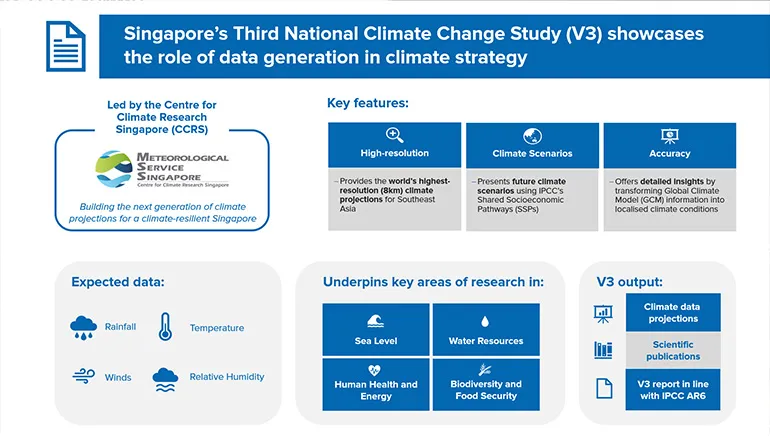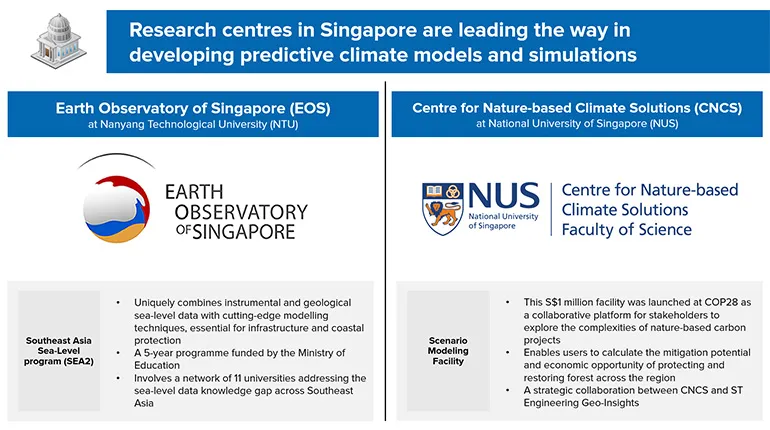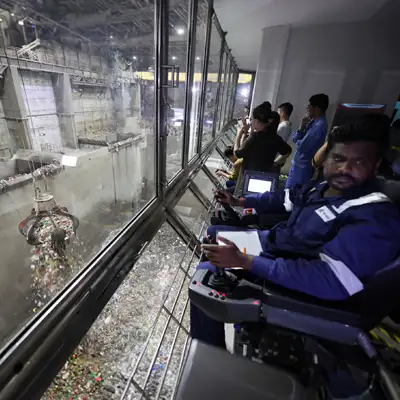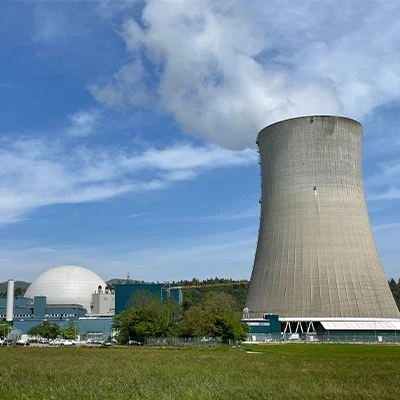In the fight against climate change, knowledge wields immense power. Gaining a precise understanding of our climate dynamics is indispensable in charting the right course forward. As we face potentially irreversible climate changes, with limited financial resources and entire ecosystems at stake, it is essential that climate strategies are firmly backed by science.
Data Generation: The Backbone of Climate Strategy
Recognising that data is the cornerstone of developing effective climate strategies, Singapore has made significant strides in bolstering its data generation and collection capacity. To generate essential data for understanding climate change, the Centre for Climate Research Singapore (CCRS) released Singapore’s Third National Climate Change Study, also known as V3, on 5 January 2024. This comprehensive study presents and examines the effect of climate change under different scenarios. Using the supercomputing facility at Singapore’s National Supercomputing Centre (NSCC), CCRS generated and analysed billions of climate data points spanning more than one century for Singapore and the Southeast Asia region, providing more localised and detailed projections.











